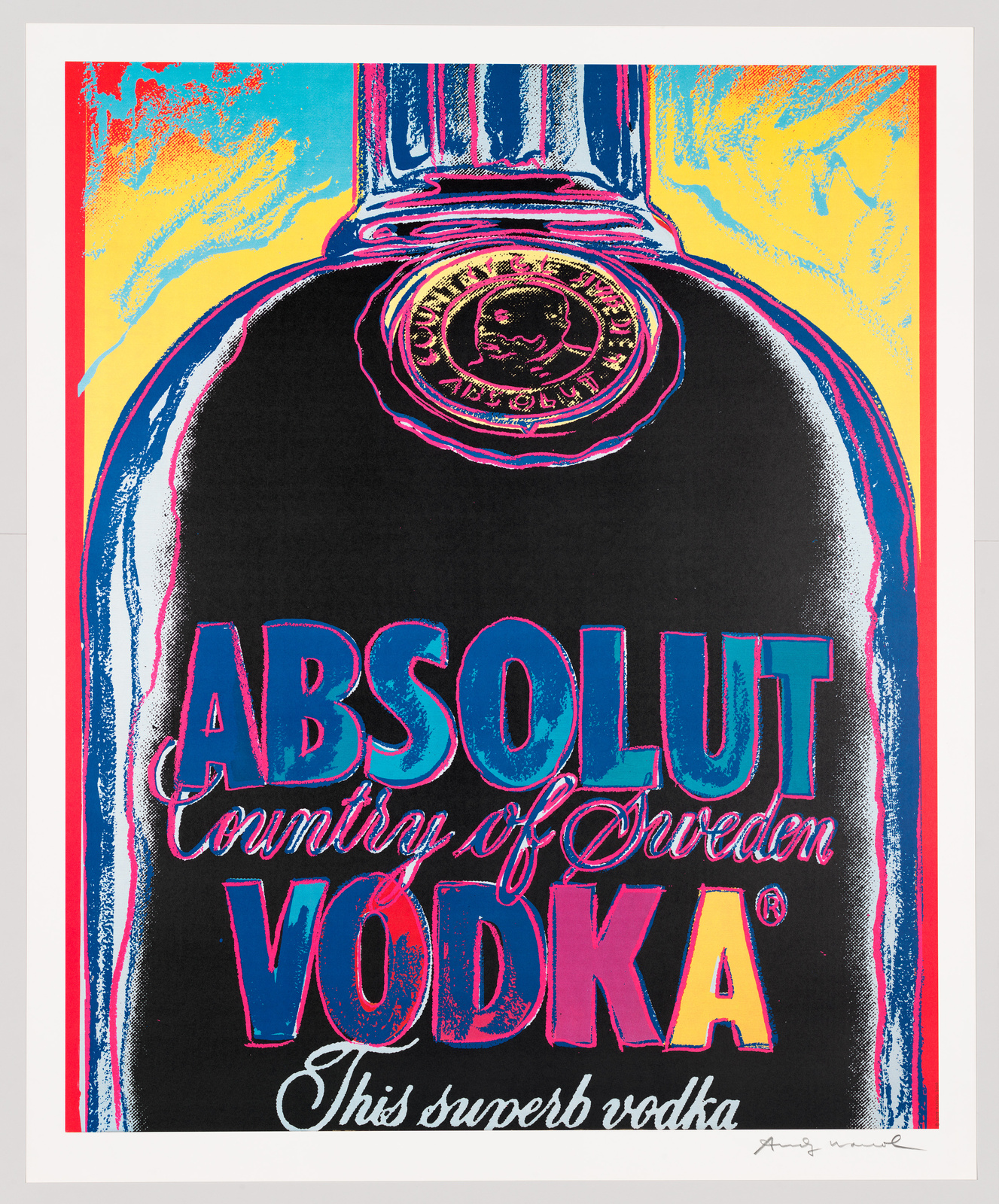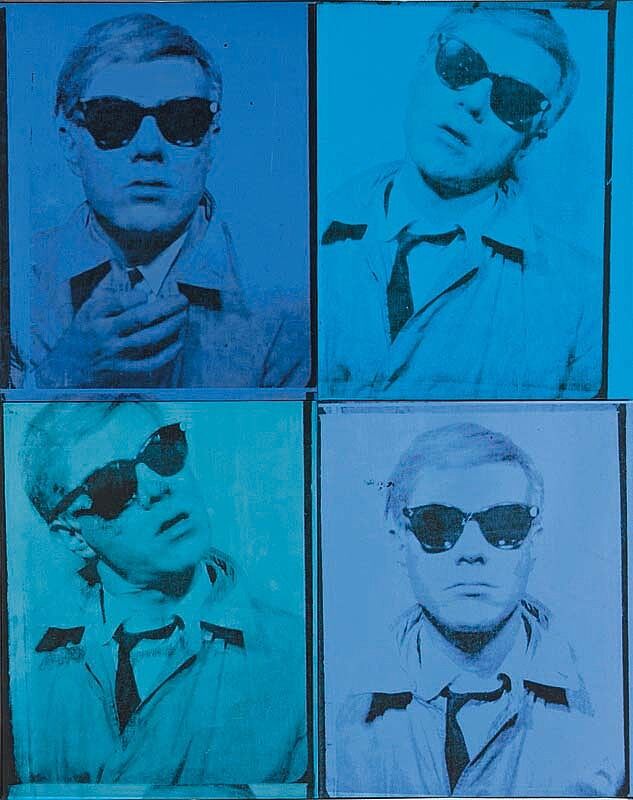Oxidation Painting, 1978
Oct 29, 2018
0:00
Oxidation Painting, 1978
0:00
Narrator: To make this Oxidation Painting, Warhol and his assistant Ronnie Cutrone covered the canvases in a medium that included copper pigment. They then poured urine and urinated on it. The chemical reaction between the acidic liquid and the metallic pigment caused the surface to oxidize and change color. Warhol and Cutrone discovered that variations in mineral content of the urine meant that the reaction could create either a green or black color. Both were on a regimen of B-vitamins at the time, so the stains they made were nearly indistinguishable.
T.J. Wilcox: There's a real physicality to them that I think speaks both to the time, to the freedom that he may have been feeling expressed in the night life of that period.
Narrator: Artist T.J. Wilcox.
T.J. Wilcox: But they also seem like an exception in his practice, something kind of outside of his normal way of doing things, which I think is very interesting. They're obviously as close as he ever got to making works like the ones he first encountered as a young artist in New York. They are in a way his Abstract Expressionist paintings, but made with a very different kind of brush.


